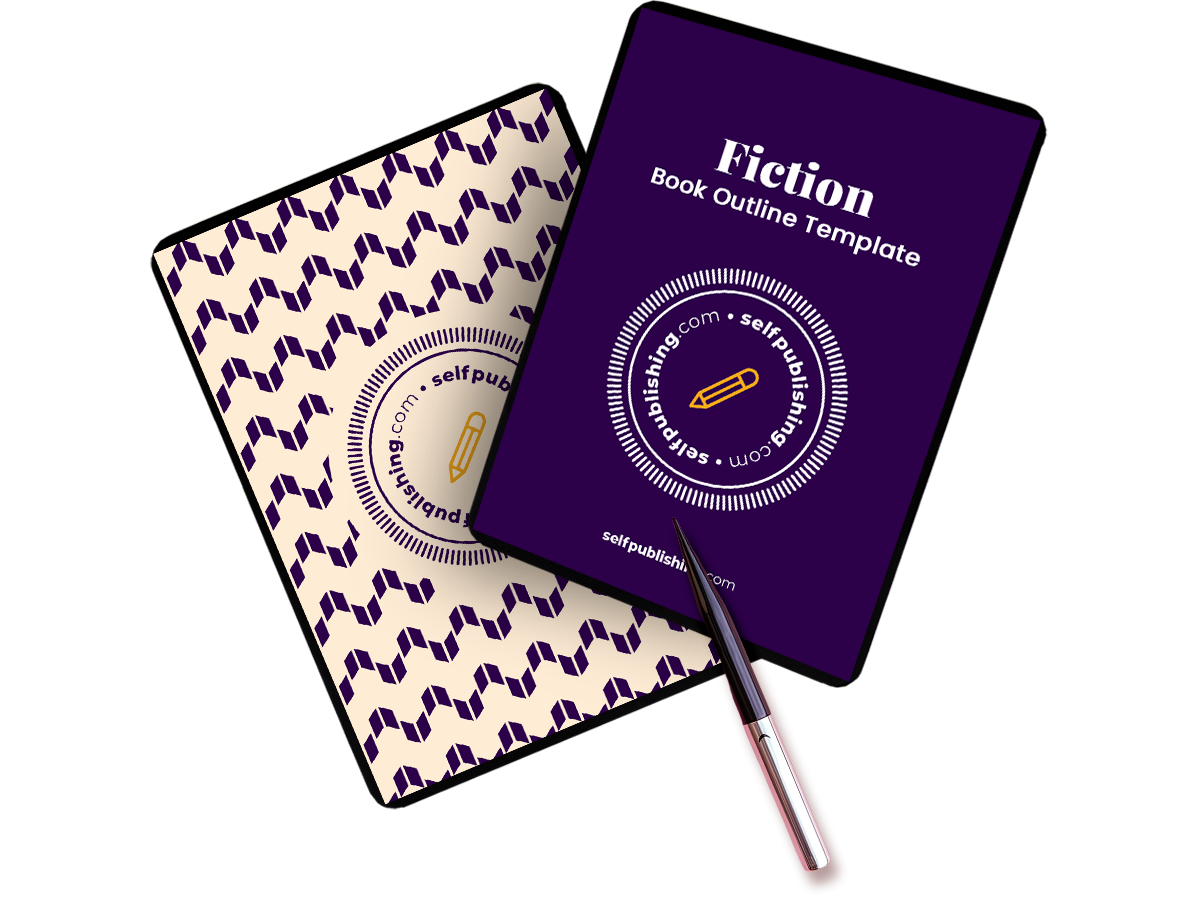In a book, the exposition is the introduction to a story. It sets the foundation for the story ahead, introduces the characters, lays out the setting, sets the mood, and explains the time that the story takes place.
It is an essential part of your book to make sure your readers understand your story and can get invested in your overall plot and environment.
If you have been looking for exposition techniques for authors, we will be going over a few basic things you can do to avoid the top exposition mistakes and better guide readers into your story.
We will also go over why exposition matters, some basics of techniques, outline what makes good exposition, and then dive into tactical techniques you an use in your writing.
Why Exposition Matters
Exposition is one of the most important parts of a story because if you do not get it right, you can turn away readers. It is a literary device that authors use to give readers the information they need to enjoy your story.
If readers cannot make it past the introduction in your book, they are likely to put the book down and not come back to it again.
With that in mind, you will want to take the extra time to make sure your exposition is setting your readers up for success when it comes to your story.
A well-done exposition gives readers everything they need to know to fully immerse themselves into the rest of your story and what is to come. It is not always done in the way of endless paragraphs. Sometimes authors can give exposition through narration, dialogue, narration, internal dialogue, points of view, or some other literary technique.
At the same time, you want to avoid too much exposition where you are giving your readers so much background and settings that they are losing track of all the information.
4 Exposition Techniques For Authors
Let’s go over some actual exposition techniques you can use in your writing.
1. Focus on the essentials
Modern readers want more action in a story sooner than readers in the past. While Jane Austen could take pages to introduce characters and the setting, readers today want more fast-paced books.
Know that you can always give readers background information as you work through the story and move the plot forward. You do not have to include everything in the beginning.
Keep a list of the actual essential pieces that your readers would need to know in order to move your story forward.
You can spread the plot points out throughout the rest of your book, as needed, since most people do not want to know everything about your story in the first chapter.
2. Use action to convey exposition
You do not always have to say, “It was a sunny day in the woods.” Instead, you can drop your characters right in the middle of a scene to help give your reader context of where they are.
You can also call this the “show, don’t tell” technique. Meaning, you can tell a lot about a story or environment by how characters interact with each other and the world around them.
3. Keep readers hooked and spread out the information
You do not want to give away the whole plot at the start of the book, instead, you will want to make sure you are giving them just enough information to keep them interested and reading.
You might want to mind map how you can slowly give readers all the information they need while still keeping the story interesting and intriguing.
4. Mix it in with character development
You do not want to give so much exposition that you forget to introduce the readers to the main characters.
One way to prevent this is to introduce characters and give some of the exposition in relation to how the characters communicate and interact with each other.
Yes, readers do want to care about the environment and setting in the book, but getting them hooked into the characters is just as essential.
What Makes Good Exposition
Modern audiences have different expectations for their stories than readers in the past did.
Authors in the past would spend several pages (or chapters!) diving into the exposition and explaining the characters and their overall motivations.
Readers in today’s world expect much more action and plot sooner in the book than audiences in the past.
Example Of Exposition Techniques
One famous example of exposition comes from Lord of the Flies by William Golding.
The boy with fair hair lowered himself down the last few feet of rock and began to pick his way toward the lagoon. Though he had taken off his school sweater and trailed it now from one hand, his grey shirt stuck to him and his hair was plastered to his forehead. All round him the long scar smashed into the jungle was a bath of heat. He was clambering heavily among the creepers and broken trunks when a bird, a vision of red and yellow, flashed upwards with a witchlike cry; and this cry was echoed by another.
“Hi!” it said. “Wait a minute!”
The undergrowth at the side of the scar was shaken and a multitude of raindrops fell pattering.
“Wait a minute,” the voice said. “I got caught up.”
The fair boy stopped and jerked his stockings with an automatic gesture that made the jungle seem for a moment like the Home Counties.
The voice spoke again.
“I can’t hardly move with all these creeper things.”
The owner of the voice came backing out of the undergrowth so that twigs scratched on a greasy wind-breaker. The naked crooks of his knees were plump, caught and scratched by thorns. He bent down, removed the thorns carefully, and turned around. He was shorter than the fair boy and very fat. He came forward, searching out safe lodgments for his feet, and then looked up through thick spectacles.
“Where’s the man with the megaphone?”
The fair boy shook his head.
“This is an island. At least I think it’s an island. That’s a reef out in the sea. Perhaps there aren’t any grownups anywhere.”
Lord of the Flies
As you read it, you start to understand the main plot, along with understanding that they are on an island, without any adults. It sets the tone and the scene so you are immediately drawn into what is happening and want to know why.
Of course, the rest of the chapter goes on to introduce more of the characters and give more background on what is happening. However, that should give you an idea of a way you can set the story without making it boring and putting your reader right into the story.
If you are ready to sit down and start writing your book, you do not want to miss out on your copy of the Fiction Writer’s Handbook!
It helps give you all the basics and outlines of everything you could need to put your fiction book together.
























